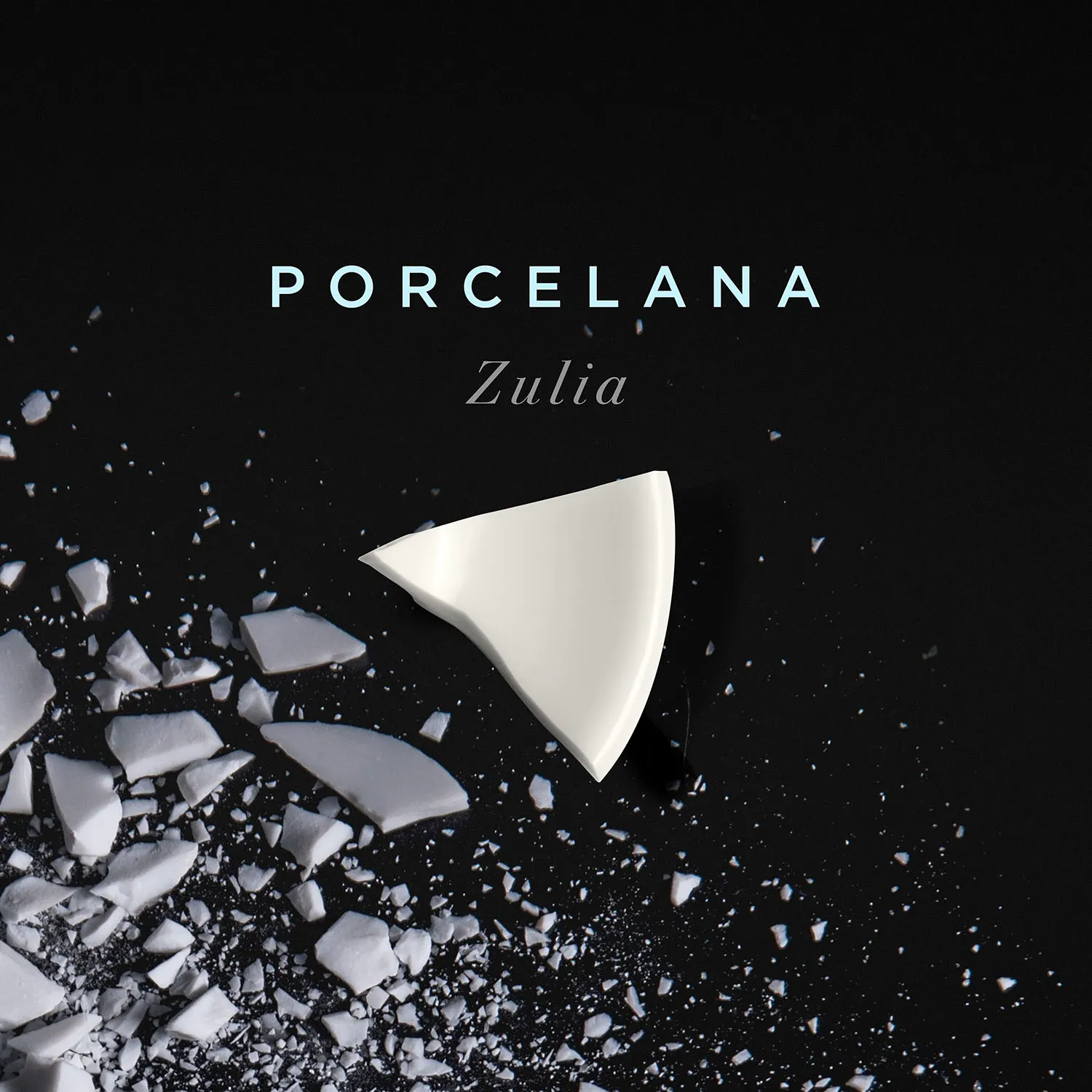
Evaluation 5
SWEET FRUITY 3.2
CITRUS FRUITY 1.8
FLORAL 0.4
CREOLE 4.9
COCOA 2.5
WOODSY 0.5
SPICES 1.2
ANNUAL PRODUCTION (MT) 1.5
MAIN HARVEST MAY-JUL
MID HARVEST NOV-JAN
CREOLE BEANS 98%
FERMENTED BEANS 98%
PURPLE BEANS 2%
SLATEY BEANS 0%
TOTAL 100%
Beans / 100g: 83
g./1 Bean: 1.28 g
CERTIFIED YES
AWARDS YES
Physical and Organoleptic Characteristics
Positive Flavors
Raisins • Dried plums
Orange
Orange • Tangerine
Malt • Sugarcane • Panela • Roasted peanuts • Almonds • Walnut • Caramel
Cocoa
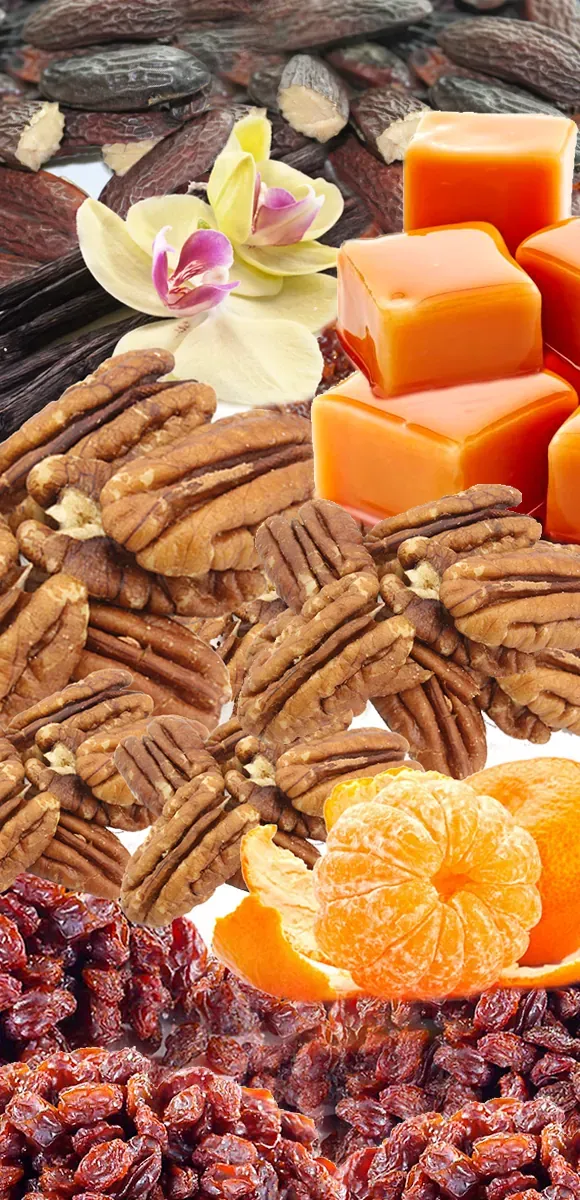
Assessment
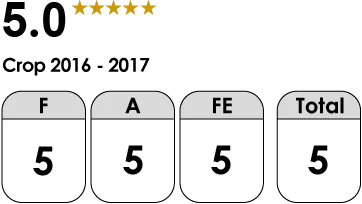
A = Aroma:
HIGH Nutty and caramel flavors
F = Flavor:
STRONG Prominent nutty and caramelized sweet aromas
F = Fermentation:
HIGH Low levels of astringency and bitterness
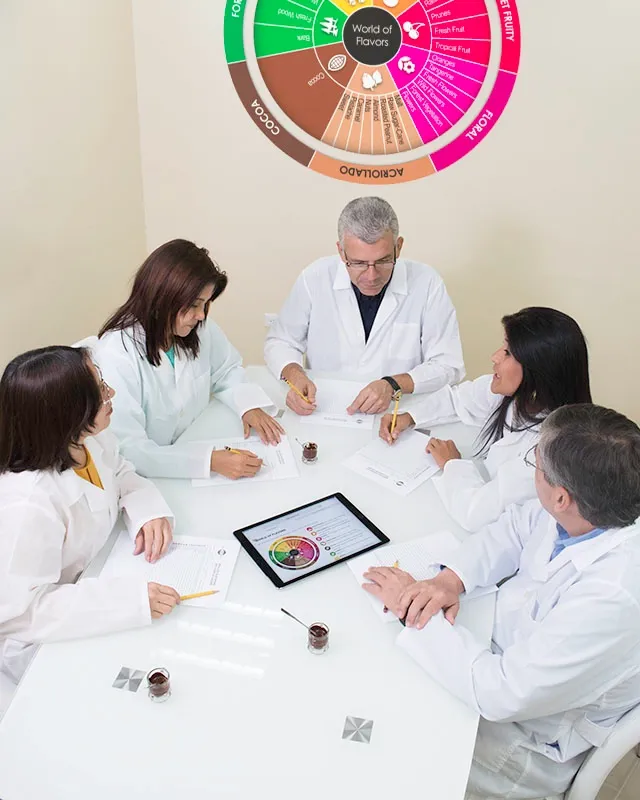
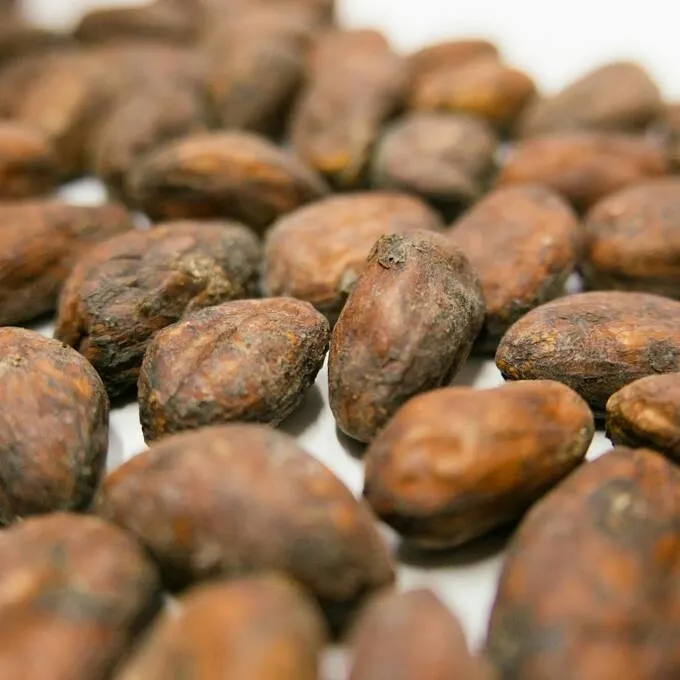
Analysis of Cut
Porcelana is an ancestral Creole cocoa. The cut test reveals 98% white beans. This high percentage gives Porcelana cocoa beans their unique notes of malt, nuts, and caramel.
Due to its high Creole ancestry, Porcelana cocoa produces up to 72% white beans that provide its quality and aroma.
A typical cut test would show: (±98%) fermented beans, (±2%) purple beans, (±0%) slatey beans.
Weight: Typically each pod contains 83 almond-sized cocoa beans with a total weight of 100g; meaning each bean weighs 1.28g.
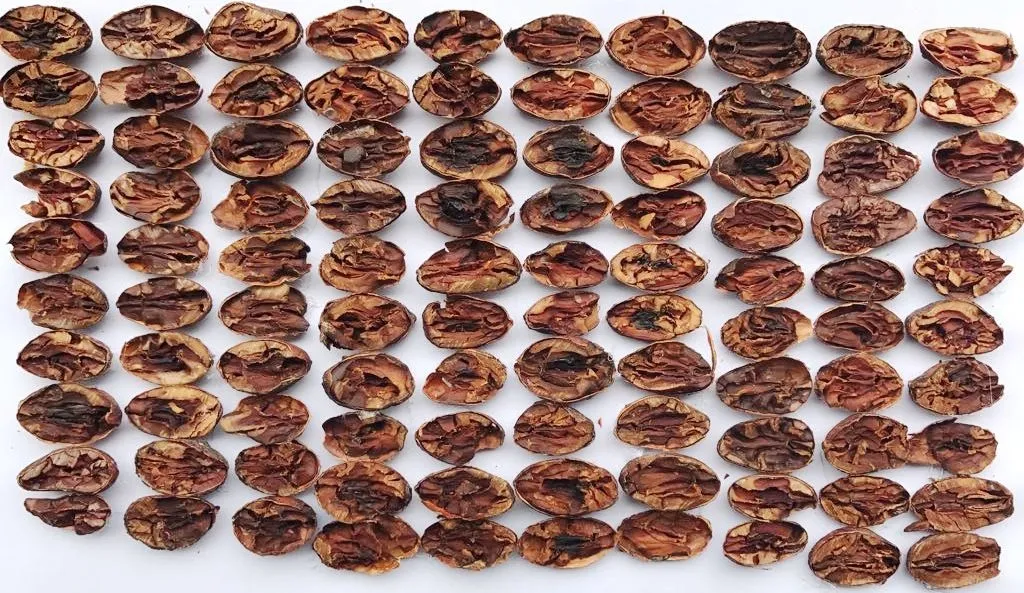
Flavor Map
Porcelana cocoa from the southern shore of Lake Maracaibo, a region that receives the essence of surrounding mountains in its slopes, is unique in the country for its morphology of rounded almonds with unparalleled white cotyledons like tender coconut pulp. With brief fermentation and special microclimate requirements like those of the lake shores, its delicate caramelized nut flavors distinguish it as one of the purest and finest Creole cocoas in Venezuela and the world.explained Engineer Ms Gladys Ramos.
Its delicate Pecan nut caramelized flavors distinguish Porcelana cocoa as "the purest form of ancestral Creole". Nutrients from the alluvial plain of South Lake Maracaibo and its pure genetics (characterized by being unique in the world for its white cotyledon almond morphology) contribute to its unique Creole flavors, enhanced by a brief fermentation protocol and slow sun-drying.
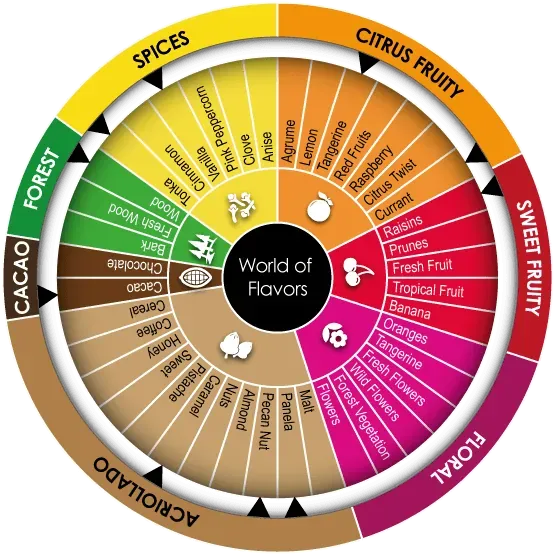
Sensory Map
"From the drying phases of these valuable Creole cocoa beans, it's possible to anticipate their characteristic sweetness by observing sugar crystals on their skin. These sensory attributes of caramelized nuts and texture that allows prolonged mouthfeel increase the delight of those who enjoy the Food of the Gods,"stated Engineer Ms. Gladys Ramos.
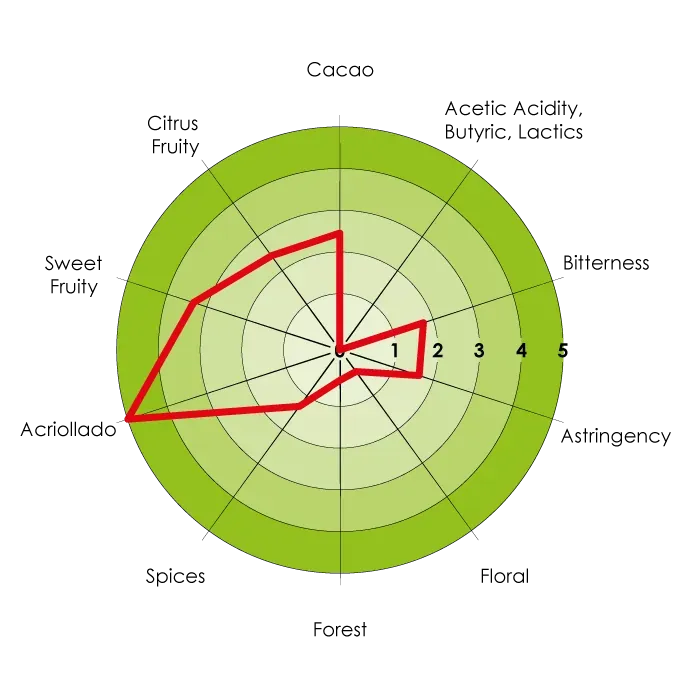
Post-Harvest Benefit
The Porcelana Cocoa harvest process consists of pod collection and fruit selection, followed by placement in fermentation boxes and drying on wooden beds or concrete patios
Refinement Protocol
Cocoa Type

Creole
Fermentation Days
3 days
-
Box type: Wood
-
Turning frequency: every 24 hours
-
Fermentation method: For post-harvest processing they have fermentation boxes - 9 elevated boxes, three 70x70x70 cm and two 60x60x60 cm boxes, storing between 60-80 kg of cocoa.
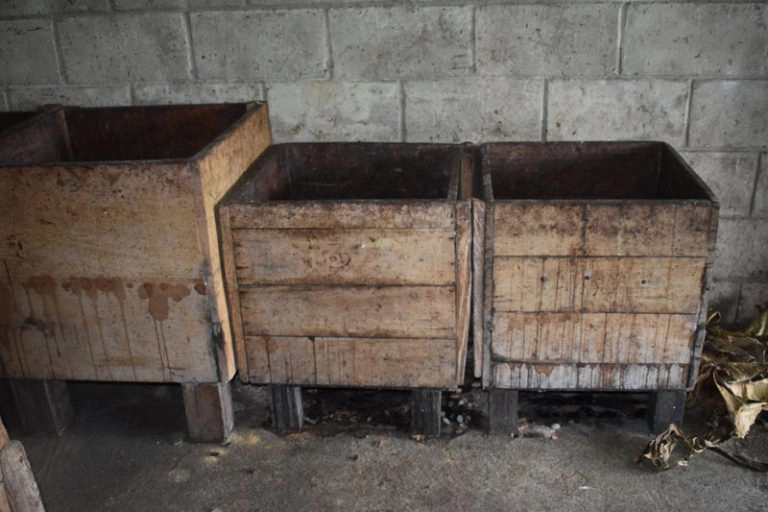
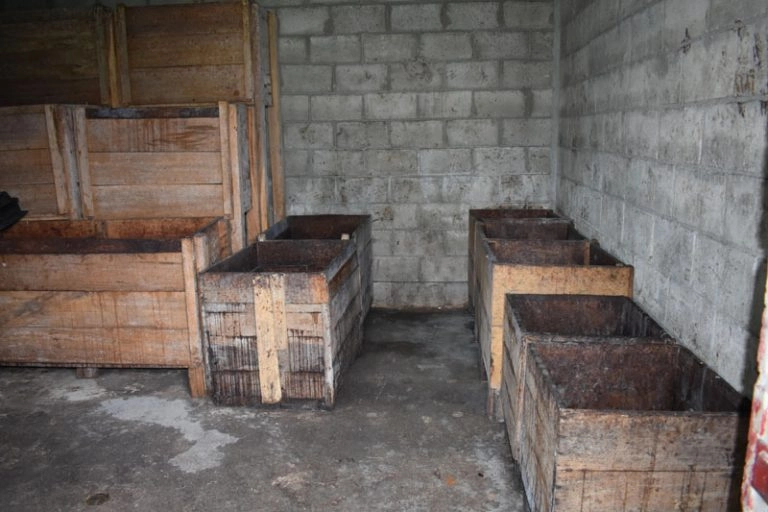
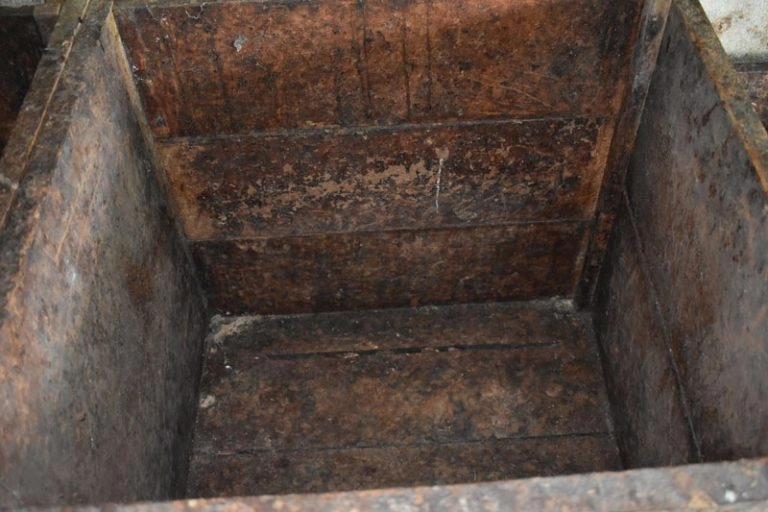
Drying Protocol
Cocoa Type
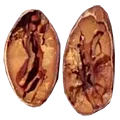
Creole
Drying Days
5 to 8 days
Drying Techniques
-
Floor type: wooden beds/cement
-
Humidity: 6%
-
Drying method: direct sun exposure
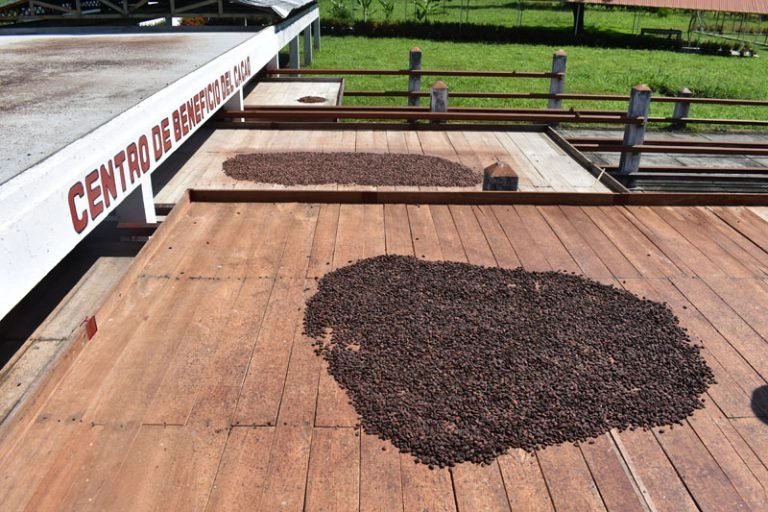
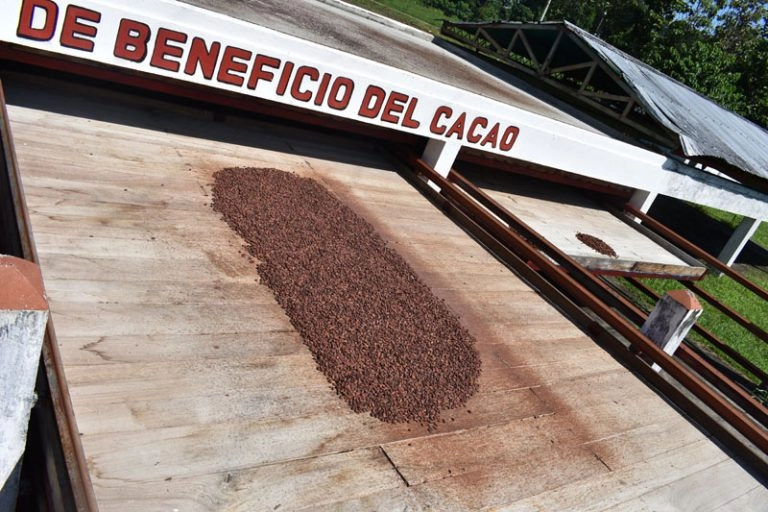
Traceability
Certifications and Awards
Porcelana cocoa won the International Chocolate Awards British 2016 bronze category and European International Chocolate Awards 2016 gold category, represented by Chocolate Tree.


Porcelana Cocoa, an ancestral Creole variety cultivated for centuries in western Venezuelan mountains (Táchira, Mérida, Trujillo and Zulia states), is unique worldwide for its exceptional genetic conditions including completely white immature beans, high fat content, smooth surface without prominent pod ridges, and leaves with soft hairiness - distinctive traits of pure Creole heritage. Globally recognized for its potent aroma, smooth flavor and delicate texture, its name "Porcelana" alludes to the silky pale appearance of its beans resembling fine porcelain.
In Zulia State's Colón Municipality, located south of Lake Maracaibo on the western slopes of the Andean Mountain Range, lies the Socialist Center for Cocoa Research and Development (CESID-CACAO) of CORPOZULIA. This pioneering institution, led by Engineer Ms. Iraima Chacón for over 25 years, has driven genetic research to preserve this variety.
The center manages 30 hectares (74.13 acres), with 7 hectares exclusively dedicated to certified Porcelana cultivation, conserving the world's only Porcelana Cocoa Germplasm Bank essential for guaranteeing its genetic purity.
With an annual production of 5 metric tons (80% allocated to nurseries for crop expansion and 20% to commercialization), its harvest cycles are divided into High (May-July) and Medium (November-January). The municipality's economy, a national agricultural hub, relies on agriculture (main producer of plantains and benchmark for Porcelana cocoa, bananas, corn, cassava and sugarcane), livestock (second in beef/pork and dairy production), and fishing (leveraging its Lake Maracaibo coastline and numerous rivers).
This synergy between biodiversity, scientific innovation, and ancestral practices positions Venezuela as the exclusive custodian of invaluable biocultural heritage, where Porcelana emerges as a symbol of identity and agricultural excellence.
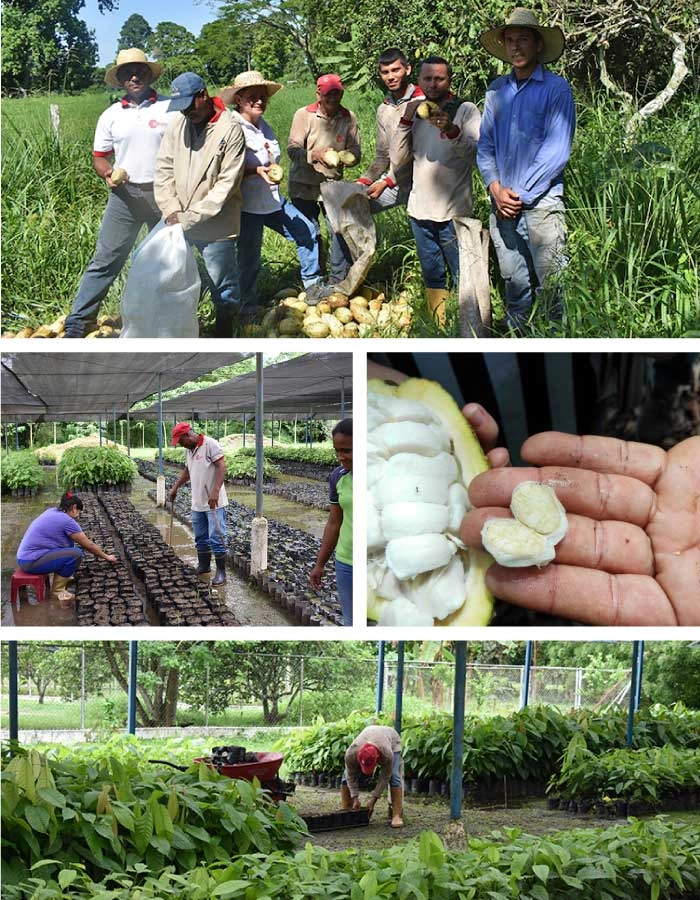
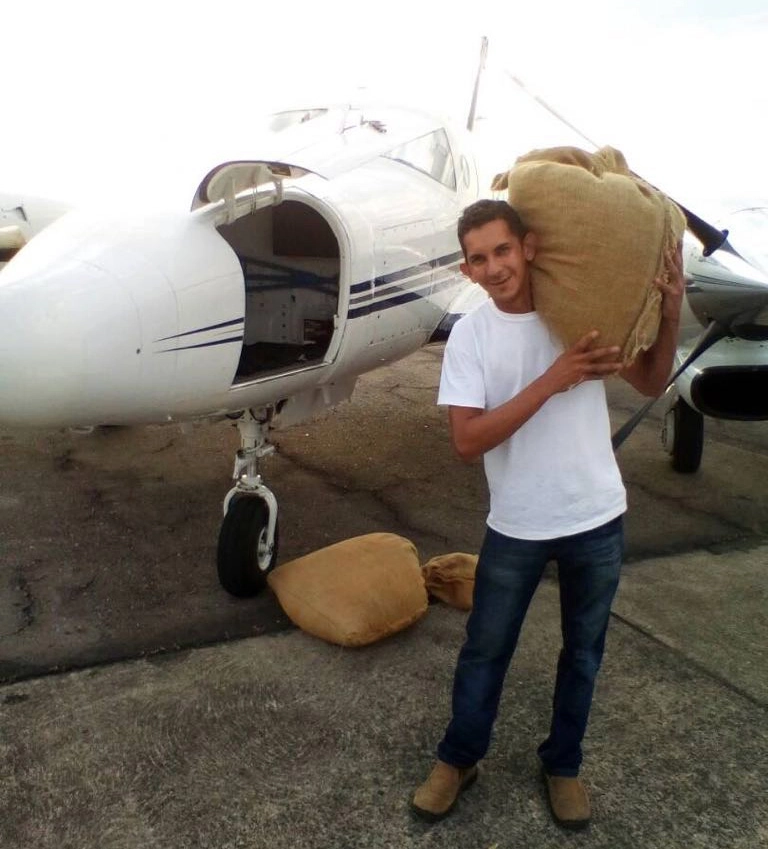
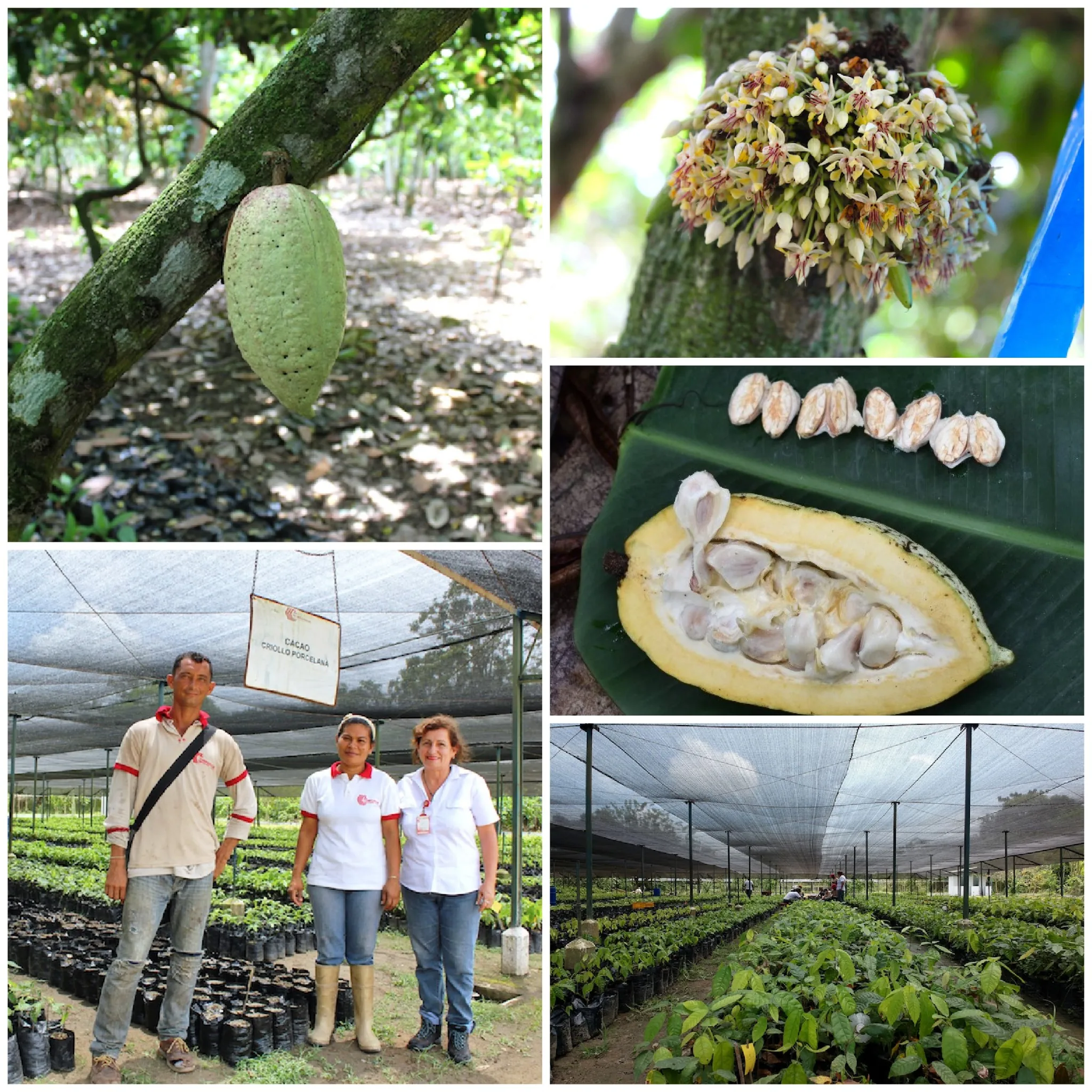
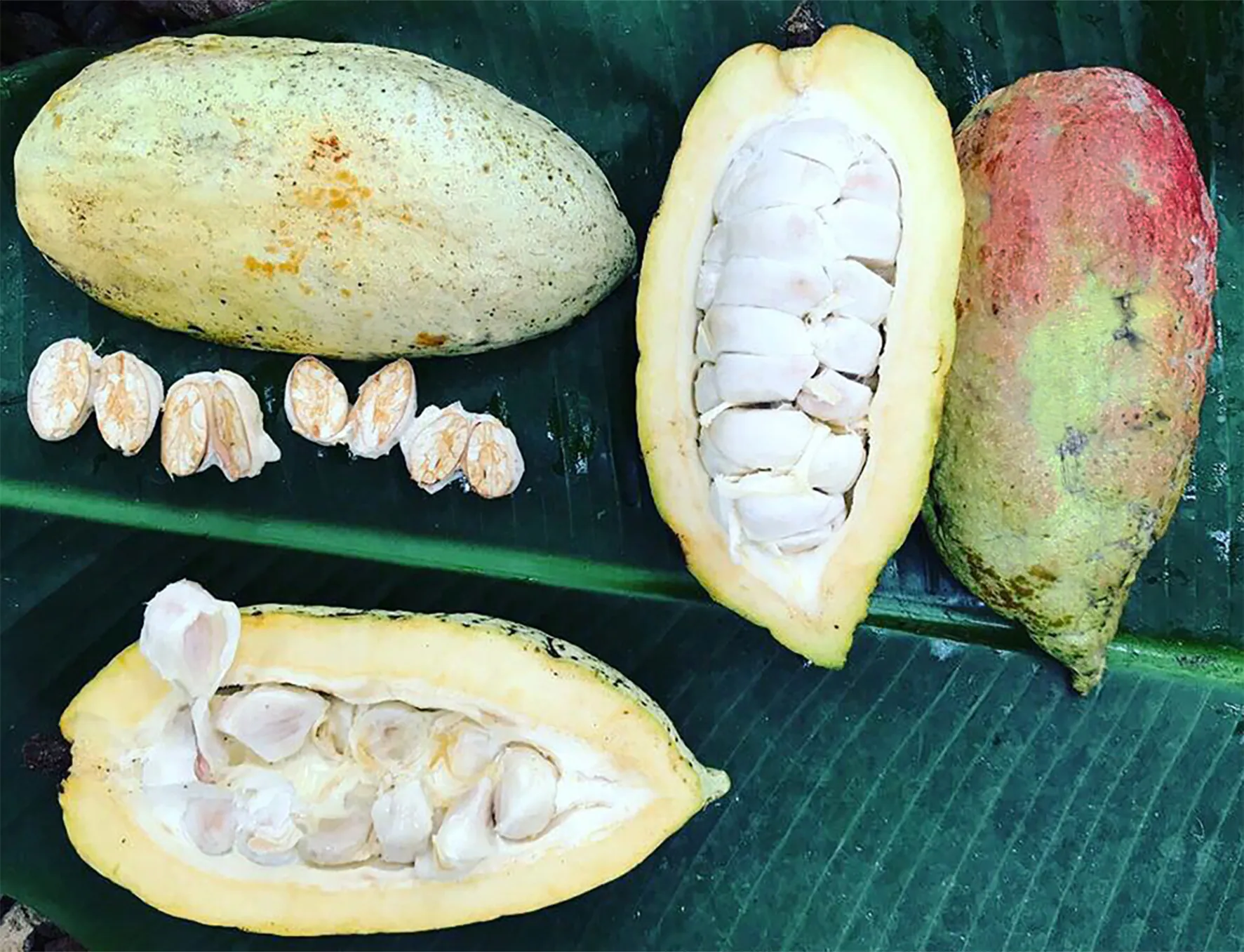
Geographical Location and Ecology
Geographical Location
- Country: Venezuela
- State: Zulia
- Municipality: Colón
- Area: 3.470 km2
- GPS Coordinates: 10º29′36"N 67º31′38"W
- Population: 107.821
Colón limits are: Colón geographical limits are: at the North with Maracaibo Lake and Catatumbo Municipality, both belonging to Zulia State; at the East with Francisco Javier Pulgar Municipality, also belonging to Zulia State; at the South with Táchira and Mérida States; and at the West with Catatumbo Municipality.
Colón is one of the 21 municipalities of the State of Zulia with an estimated population of 107,821 inhabitants. The municipality is located at the SouthWestern area of the state, and is divided into five parishes: Moralito, San Carlos del Zulia, Santa Cruz del Zulia, Santa Bárbara and Urribarrí.
Ecology
The region is composed of flat and semi-flat terrains with plenty of streams and rivers that flows into Lake Maracaibo basin. The south of the lake is where the mountains merge with the low lands. This provides Colon a slope that comes from the south, and changes to plains in the middle and keeps descending into the north until it reaches the lake basin. Humidity is very predominant, with a medium temperature of 27°C (80.6°F), and a rainfall that increases from north to south and east to west, with an annual average of 1400 millimeters (55.12 inches). It is not a densely wooded area, but has very tall tree species like ceiba, zapote, and jobo.
Colón has a centripetal system with water courses that drain toward the Maracaibo Lake. Escalante and Chama are the main rivers of the region. It also has water bodies called caños (streams) which act like alluvial drainages of the superficial and sub-superficial tributaries, of which the principal are the Concha, El Padre y Caimán.
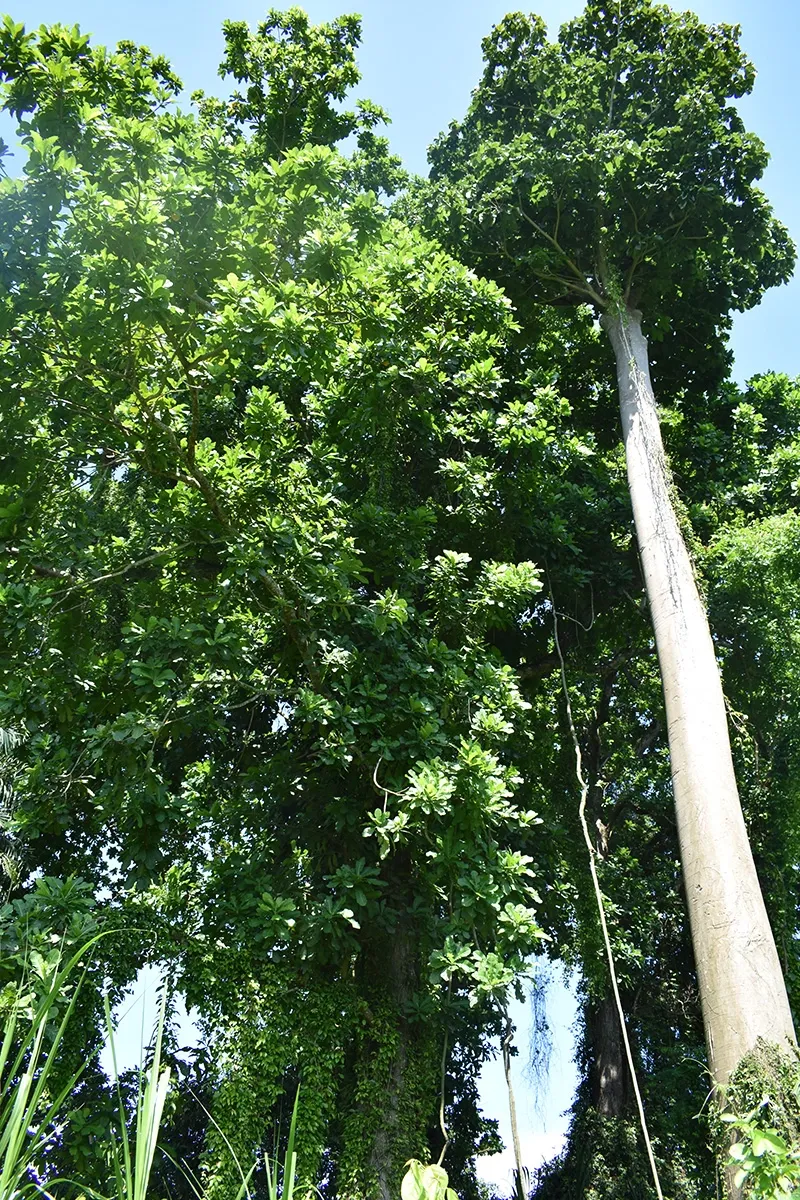
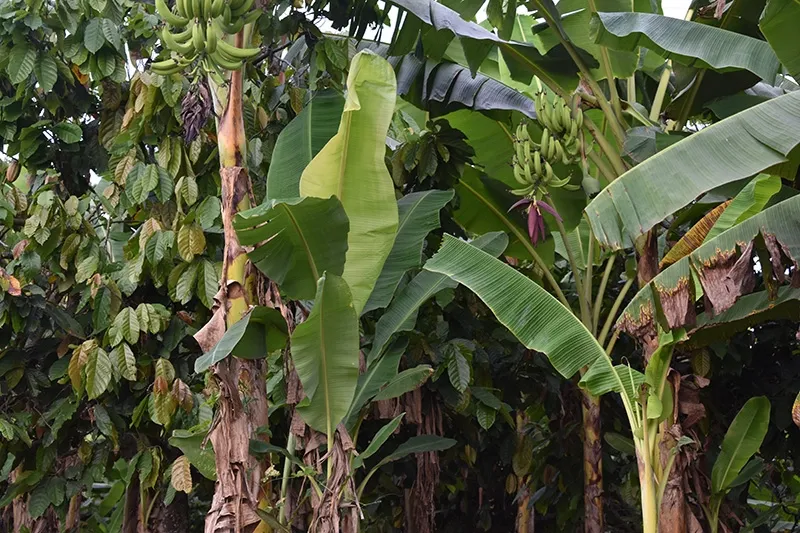
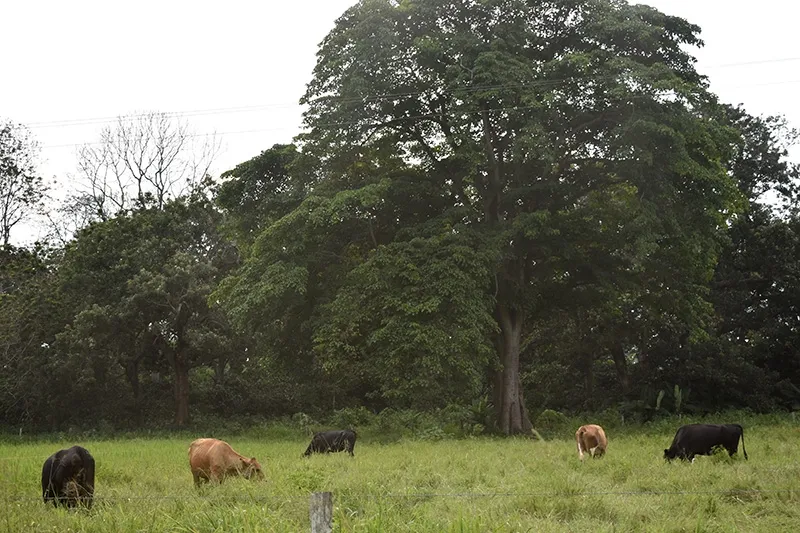
History
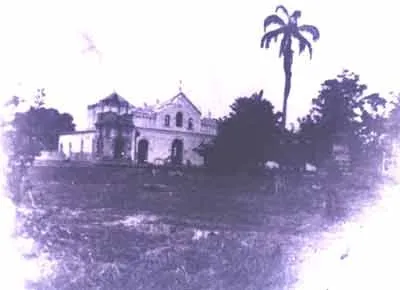
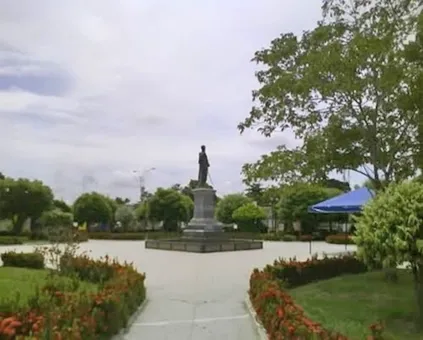
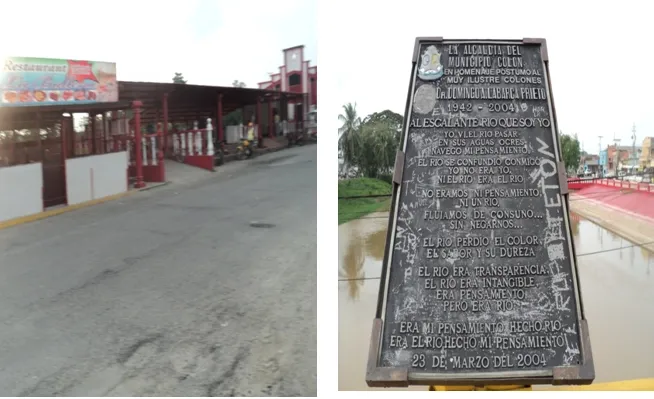
Before the arrival of the conquistadors, these lands were inhabited by indigenous tribes, located on the shores of Lake Maracaibo and its riverbanks. The first inhabitants were Arawakos, Aliles, Onotos, and finally the Buredes, who for 700 years had migrated from northern Venezuela. In 1499, with the discovery of the lake, a predominantly agricultural period began, marked by structural changes that led to the elimination of most indigenous groups by Spanish conquistadors due to an externally oriented economy.
Subsequently, communication routes evolved, and commercial traffic began along the Escalante River.
In the year 1700, development began due to the need for communication routes to Maracaibo, requiring more than San Carlos del Zulia to support cross-lake travel. This led to the evolution of commercial traffic along the Escalante River and the arrival of farmers from San Carlos, resulting in population growth and the eventual founding of Santa Cruz del Zulia (1778), Santa Bárbara, and later Moralito and Urribarrí.
On October 6, 1873, it gained autonomy from the Perijá District, forming the new Fraternidad District, later renamed Colón District in 1881, and finally declared a Municipality in 1989.
It leads culturally with the "Don Jesús María Semprún" Athenaeum, notable for its dance groups and other institutions like the Colón Cultural Center, Parish Hall, Integral Art Center, "San Carlos" Movie Theater, "Luís Alberto Camacho" Exhibition Park, and Colón Promenade. It also hosts musical groups like gaita ensembles, theater troupes, and bands.
In handicrafts, we find great variety. Predominant indigenous crafts include items made with bulrush and coconut palms. They also manually build fishing canoes, weave hammocks, etc.
The main tourist attraction is the Chama River, an important regional waterway carrying white Andean waters through the municipality. The Urribarrí Parish also offers tourism opportunities at Puerto Concha with its tourist stop, craft exhibitions, and tasting of Colón's gastronomy.

